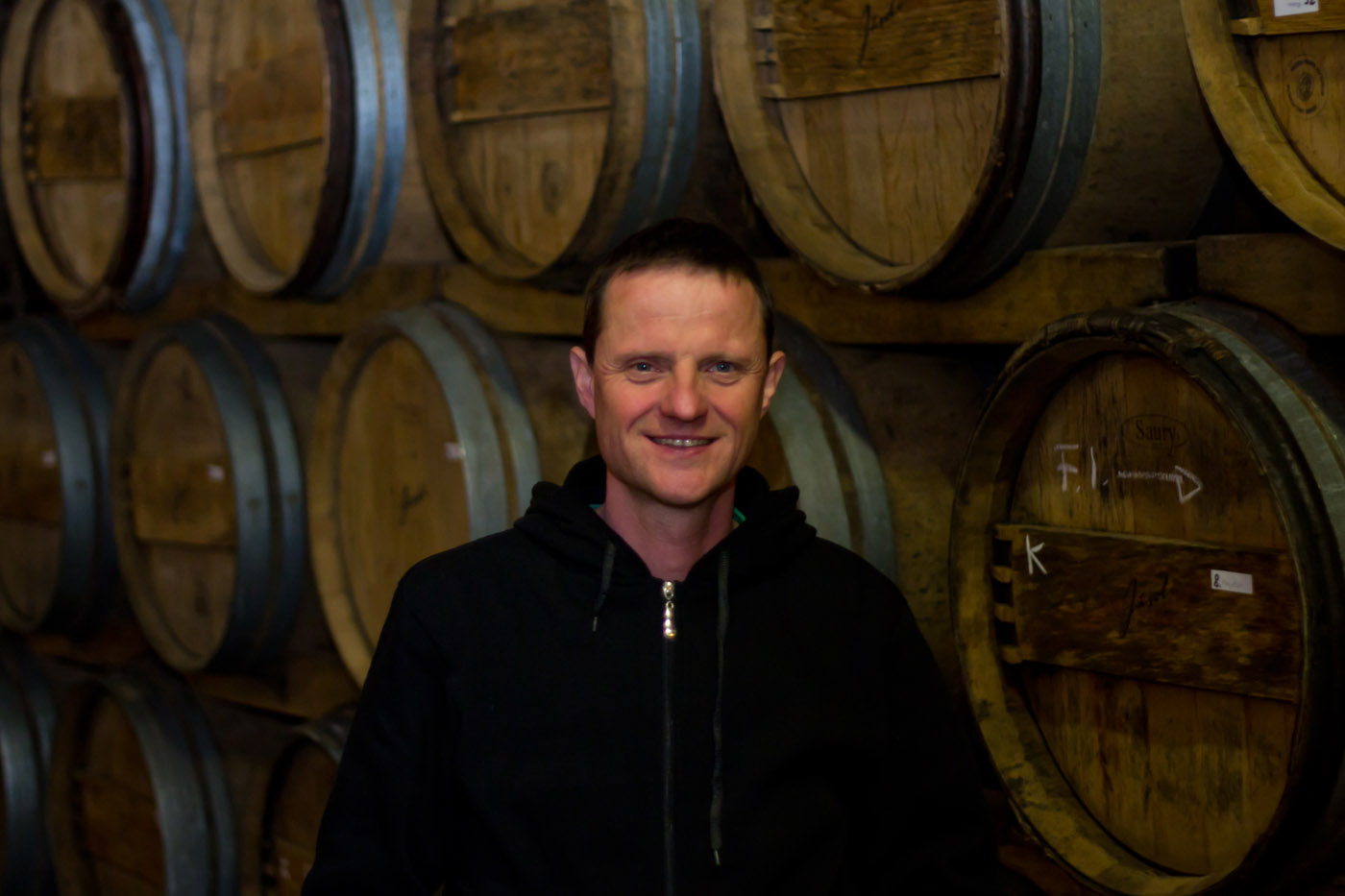The cellar was built in the end of the XVIIIth century, and from 1849 it served as the center of the family wine estate of the Bishop of Veszprém, János Ranolder, who established the reputation of Csopak wines. On the bishop’s holdings, the mixed white grape varieties of Lake Balaton were selected for the first time, and according to the current national oenological supervisor’s reports, the oenological work in the cellar was carried out at the highest level of the age. The estate’s wines were very popular in Vienna, Pozsony, Warsaw and of course in Pest. Here, the phylloxera, as almost everywhere in Europe has destroyed the vineyards from the 1890s. In the beginning of the XXth century, Hűvös Salamon, a wine merchant became a new owner of the newly planted plantations. His vinedresser was one of the finest professionals of the age – István Bakonyi – lived in the vinedressers house with his 6 children. Here was born his 7th child, Károly, who later became a well-known vine grower with international reputation, and the ‘Father’ of Cserszegi Fűszeres.
The building, after 50 years of state obsession became a property of the Jásdi family in a very bad condition.
At the same time with the complete and exigent renovation of the classicistic building complex and the 40-meter long cellar, the most modern grape processing and wine-making facilities have been installed. The wine selections are still made in traditional craftsmanship.
Experiences have shown that the 200-year-old building complex with its tall walls and freestone-clad cool cellar is an ideal place for a winery of the XXIth century. Already the first results of the works have confirmed the owners’ ideas. The cellar received the “The most beautiful cellar of the Balaton Uplands” title in September 2000 from the National Park of Lake Balaton.
Since 2013, four stars out of the possible five according to Gault et Millau
2014 Prestige Award
Winemaker of the Winemakers in 2017 – elected yearly by the 60 top winemakers of Hungary
Since then, the estate is developing around the house, we cultivate our vineyards, harvest and ripen new and new vintages …



